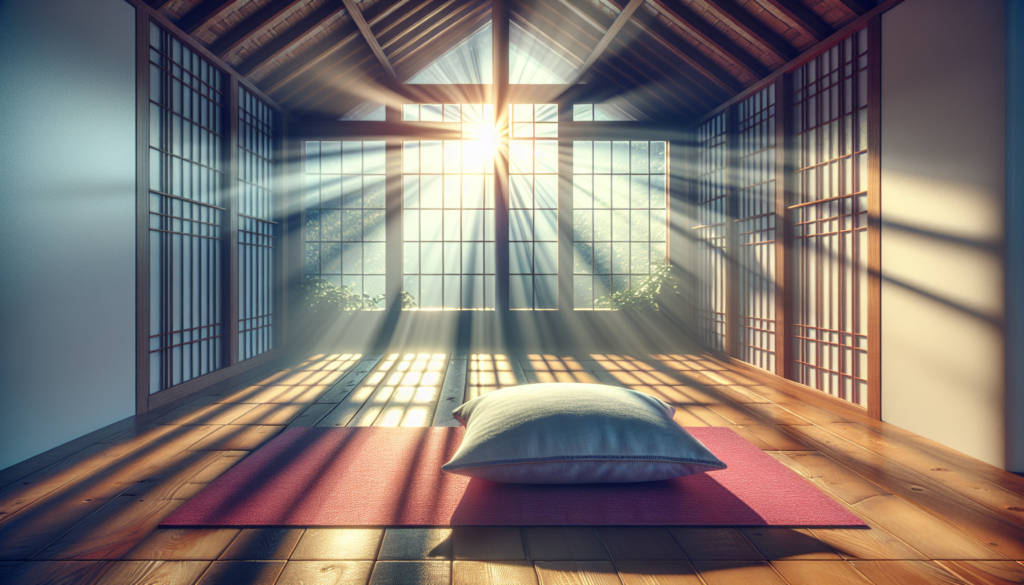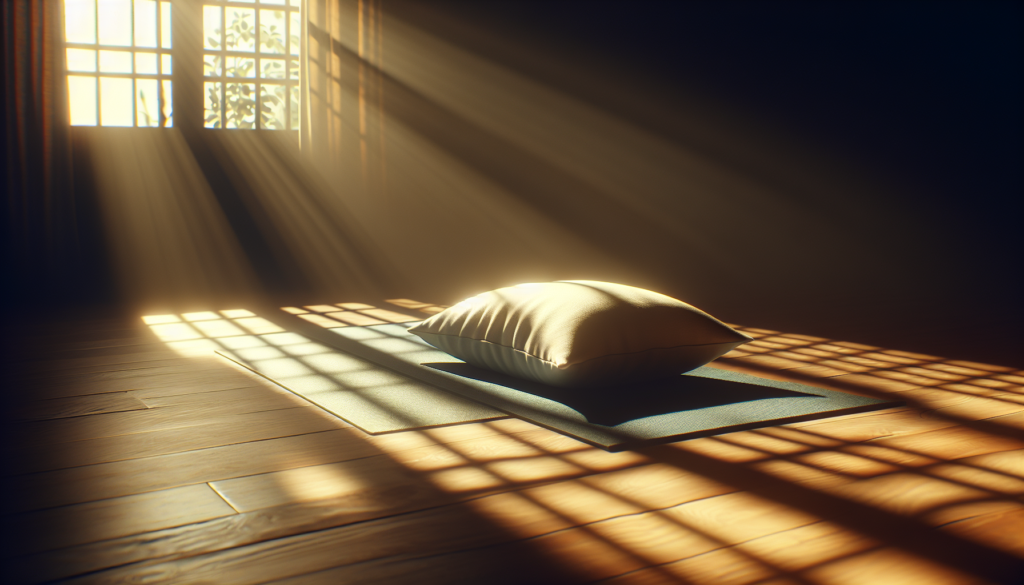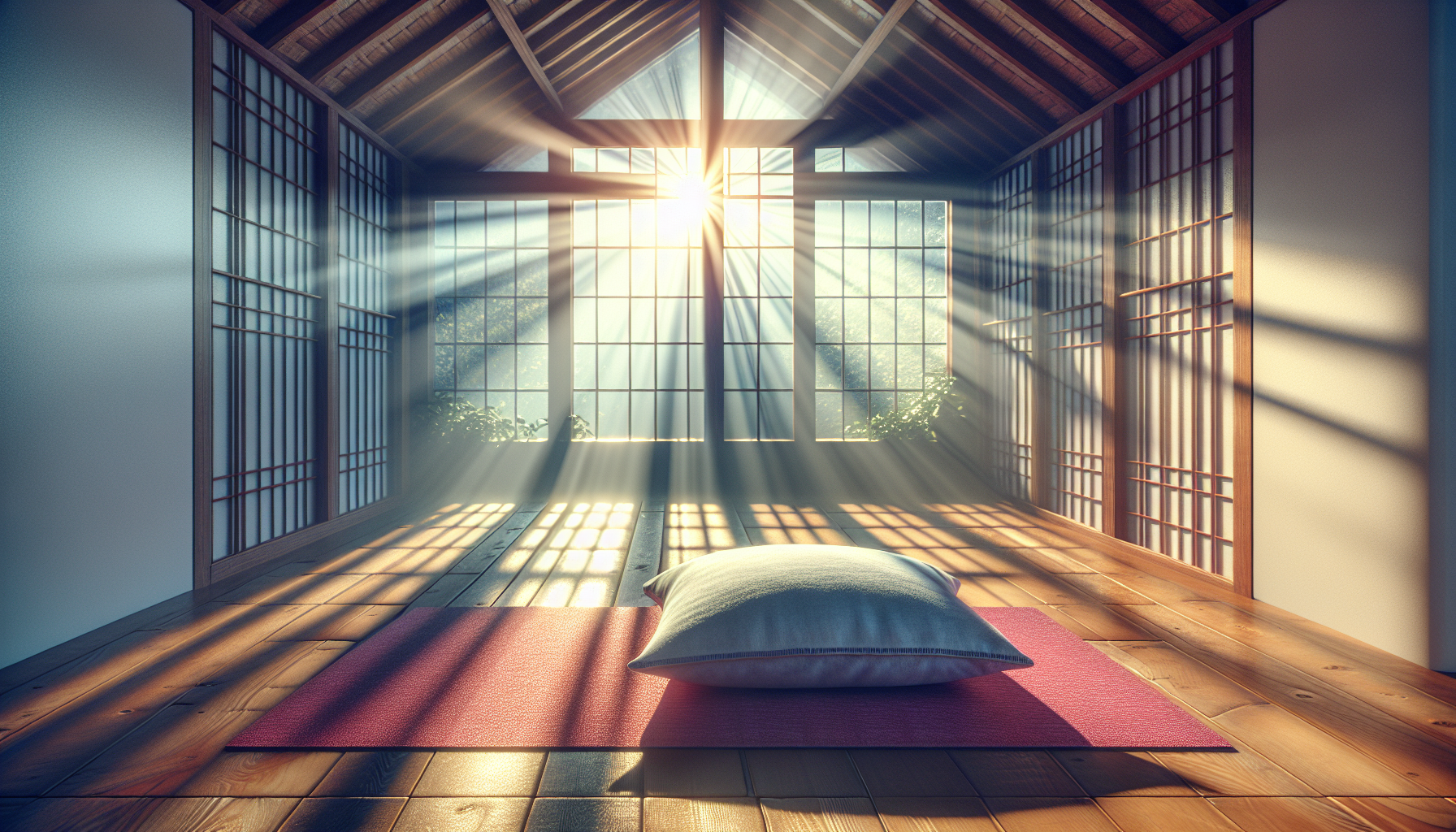Do you ever stop and wonder if your lack of motivation at the gym is due to a deeply ingrained distaste for fluorescent lighting, or could it be that you simply need more naps in your life? Yes, dear reader, let us unravel the mysteries of napping with the kind of detail usually reserved for conspiracy theories and what goes on in your neighbor’s garage at 2 a.m.
Napping: The Secret Sauce of Recovery
Who knew that the same activity you perfected in kindergarten could hold the key to sports recovery and muscle-building? While science has been unraveling the mysteries of outer space, it’s high time we gave some attention to the galaxy within—namely, the land of Zs.
Naps hold a special place in the human heart, right alongside Wi-Fi and pizza delivery. They’re not just reserved for toddlers or lazy Sundays. As it turns out, napping can supercharge your exercise recovery, making you feel more like a gazelle and less like a sloth that accidentally wandered onto a treadmill.
Zoning in on Zzzs: The Science of Sleep
The Basics of Sleep Cycles
Your body’s relationship with sleep is a fine-tuned ballet, elegantly pirouetting between stages. For those of you who sleep like rocks, let me enlighten you: the sleep cycle is like a soap opera, with its own drama and plot twists.
- Stage 1: Light Sleep – Think of this as the appetizer, where you hover between awake and asleep.
- Stage 2: Slightly Deeper Sleep – This is where you start to disconnect from the reality of your crushing email inbox.
- Stage 3: Deep Sleep – The spa day for your brain. Here, your body repairs itself, kind of like how a mechanic tunes up an old car.
- REM Sleep: Rapid Eye Movement – The time for dreams and for your brain to weave together a mishmash of bizarre images. Also crucial for emotional regulation.
While a full sleep cycle takes approximately 90–120 minutes, naps can leverage fragments of these cycles to rejuvenate your body and flex your athletic prowess—or rather, your potential desire to do so.
Why Sleep Matters for Recovery and Fitness
Sleep is to fitness what avocado is to toast—absolutely essential. During sleep, including those delightful naps, your body releases Human Growth Hormone (HGH), which is like the fairy godmother of recovery processes, helping muscles to repair and grow stronger post-sweat session. So, think twice before you sacrifice sleep for a late-night scroll through memes.

Napping: Friend or Foe?
The Art of Perfecting Your Nap
You’d assume that napping is a natural instinct, like hiccuping when you’re trying to act serious, but oh no, there’s an art to it, and it requires more finesse than folding a fitted sheet.
The ideal nap length is akin to the ideal number of puppies—subjective, but if you overindulge, chaos may ensue. If you nap too long, you might wake up feeling more like a grumpy bear than a refreshed human.
Here’s a table to guide you:
| Nap Length | Benefits | Drawbacks |
|---|---|---|
| 10–20 minutes | Quick boost of alertness and increased energy | Minimal impact if you miss your alarm |
| 30 minutes | Better memory function post-nap | Risk of sleep inertia, leaving you groggier than a Sunday morning brunch eater |
| 60 minutes | Improved cognitive function, including memory tasks | Sleep inertia might steal those benefits temporarily |
| 90 minutes | Full sleep cycle, enhances creativity and emotional memory | Might interfere with nighttime sleep for some people |
The Best Time to Nap
Like the Golden Girls reruns, timing is everything. The best window for napping is usually early afternoon, after your lunch-induced coma sets in. Nap too late, and you’ll be awake all night; nap too early, and it’s basically a premonition of your afternoon meeting.
Does Napping Really Help Workouts?
Ah, the million-dollar question. The short answer is yes, but let’s unpack that, shall we?
The Relationship Between Napping and Performance
Napping can be the espresso shot your system needs before a workout. Studies have shown that a strategic nap can lead to better cognitive function, making those tactical sports moves more intuitive—or, at the very least, less prone to ending in disaster.
Recovery and Muscle Growth
Remember that fairy godmother (HGH) we mentioned? Naps help her work her magic, lending to muscle recovery and growth. When you pair regular workouts with strategic napping, it’s like brushing your teeth and flossing—a combined force that makes way more sense together.

The Psychological Benefits of Napping
Beyond the tangible physical benefits, napping also soothes the wild beast within. If you’re not Snickers-hungry, sometimes you’re just tired. A quick nap can turn even the grizzliest of moods into something noticeable less rant-prone.
Napping and Mental Focus
A nap can clear mental fog like the window wipers of a 90s station wagon. With sharper brain function, your workouts can achieve a new level of precision, allowing you to side-eye the treadmill with a laser focus that can only be described as frighteningly impressive.
Mood Regulation
Have you ever considered the profound correlation between your mood swings and the lack of adequate napping? Like an emotional rollercoaster that skipped maintenance, your pre-nap self might not be the most reliable character in the novel of life. Naps can offer a reset button for your emotions, stabilizing mood and lowering the amplitude of the emotional swings.
How to Incorporate Napping into Your Routine
Here’s where the rubber meets the road, and where your dreams (literal and figurative) can take flight.
Set a Napping Schedule
Consistency is key. Just as you wouldn’t trust an alarm clock that only sometimes works, your body functions best when it knows when to expect sleep. Aim for a regular nap time that complements your circadian rhythm, like the accessory that perfectly pairs with your most cherished ensemble.
Environment: Creating the Perfect Nap Spot
Find your sanctuary, whether it’s a hammock in the garden or a couch that hugs you like grandma. Your nap environment should be quiet, dim, and somewhat cool, like the shady side of a pillow or a jazz club before the band kicks in.
Listen to Your Body
Forget the ‘No Pain, No Gain’ mantra for a second. Your body sends signals clearer than a radio station with no commercials: tiredness, yawning, and an ability to fall asleep standing—these all point to your need for a nap.
Debunking Napping Myths
“Napping is for the lazy.”
Oh, please. Tell that to Thomas Edison or Winston Churchill, both of whom were known to nap. Or try convincing a cat they’re wasting their life napping. Good luck with that.
“Naps ruin your nighttime sleep.”
Sure, if you nap like a Rip Van Winkle impersonator. But strategic nappers know better. Keep your naps short and sweet, like the perfect piece of cake.
“You can compensate for lost nighttime sleep with naps.”
While that’s like trying to pay rent with a handful of loose change, naps can certainly help mitigate some sleep debt. However, they’re more of a tactical bonus round rather than a consistent replacement.
The Napping Habits of Athletes
Let’s take a voyeuristic peek into the napping habits of athletes and how they leverage the power of sleep to their advantage.
Case Studies: Pro Athletes and Their Napping Regimens
From marathon runners to couch sprinters (think curlers), athletes view naps as non-negotiable. Take Usain Bolt, for instance, who knows that world records are made not only on the track but also in the land of nod.
What We Can Learn from the Best
If napping can help Olympians reach incredible heights, surely it can help you tackle spin class with all the enthusiasm of a caffeinated kangaroo. Incorporate naps not as a luxury, but as an essential part of your routine.
The Future of Napping in Fitness
As the world becomes more obsessed with wellness and optimization, don’t be surprised if napping evolves from ‘personal luxury’ to ‘public health initiative’. Imagine corporate napping pods, napping coaches, and national nap-offs being broadcasted with commentary…the sky’s the limit, or rather, the shut-eye’s the limit.
Tech Innovations for Optimal Napping
From apps that lull you to sleep to wearables that track your nap efficiency better than a hawk stalking a mouse, technology is making it easier to become a nap connoisseur. Soon, there could be AI tailored nap schedules, because when it comes to catching shut-eye, you deserve nothing less than a bionic assistant.
Conclusion
In the grand tapestry of life, napping is the thread you never knew was missing. Where fitness and recovery are concerned, it’s not just what happens in the gym but what happens afterwards—even if ‘what happens afterwards’ involves you drooling on a pillow and dreaming of speaking fluent Pomeranian.
So, next time you find yourself mid-afternoon, yawning in a meeting and wishing for a bed, remember that napping might just be the performance-enhancing secret you were looking for—not in a scandalous ‘athlete stripped of title’ way, but in a ‘life just became a whole lot more manageable’ kind of way.
